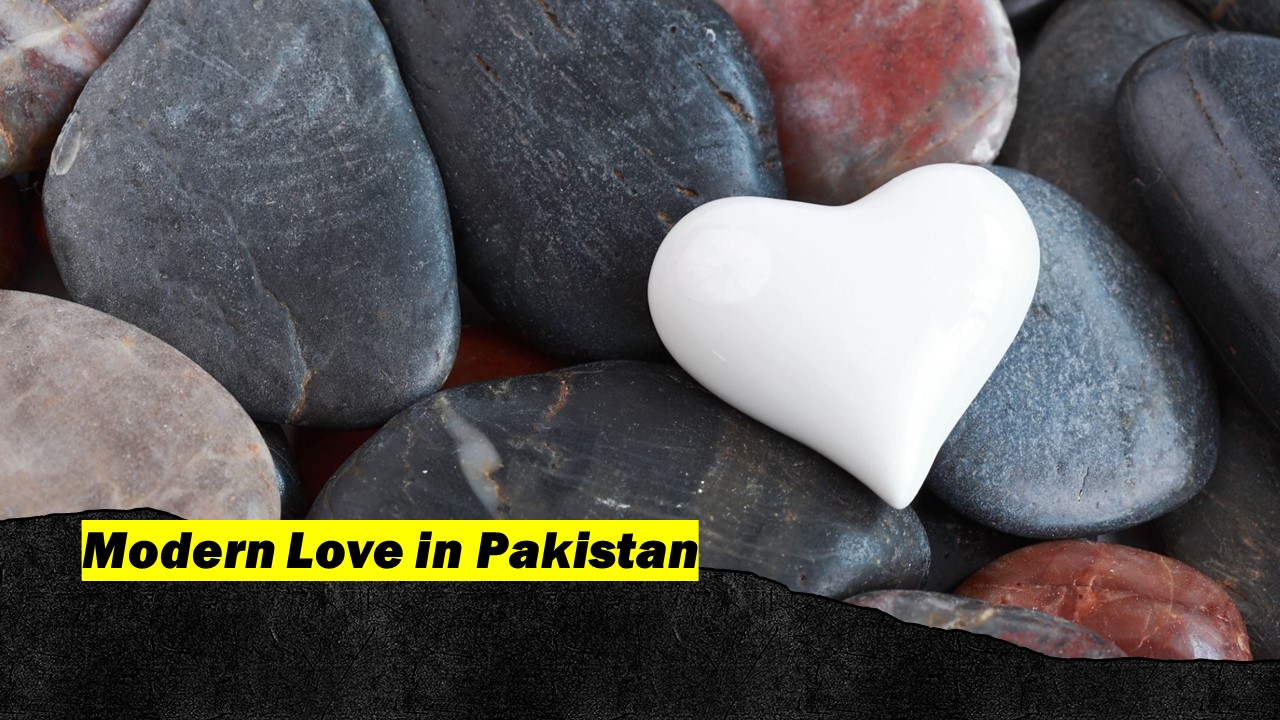The article by Ammara Maqsood, Associate Professor in Social Anthropology at University College London, tells us the modern story of love in Pakistan and how modern urban women manage their desire for love in Pakistan.
Traditional marriages in Pakistan are arranged marriages. However, I previously talked about how love coexists with modern arranged marriages in Pakistan. I also explained the controversies surrounding love marriage in Pakistan.
Modern transformations in the notions of love, romantic love, intimacy, and conjugal relationships occur in Pakistan as well as in South Asia overall. The author challenges the traditional depiction of the transitional processes of love transformation in Pakistani culture as a straight lineal transition from the cultural values of ‘traditional’ (collective) obligations to the values of individual desires in modern individualistic societies.
Taking these ideas as a starting point, the author of this article examines how different types of intimacy coexist in a middle-class urban setting in Pakistan. The author does this by concentrating on the emotional experiences and modern relationships of young mobile women of the middle class in Lahore and Karachi, the two major cities in Pakistan.
“Within these families, like elsewhere in Pakistan in other South Asian contexts, arranged marriages are the norm, both in prevalence and in social approval. However, love unions, in the form of love-cum-arranged marriages – where partners engage in a pre-marital romance but then seek parental approval and follow typical marriage proceedings – and elopements that are on the rise.”
(Maqsood, 2021, p. 3).
How Different Ideas of Love in Pakistan Coexist
The article highlights the ways in which different ideals of love and intimacy coexist, the ways in which they are entangled in everyday practices, and the places, situations, and spaces in which they separate.
Young women, who live mostly in joint-family arrangements, need to negotiate between two values in their lives. On the one hand, they value their private desires for a life within a nuclear family and the associated forms of consumption. On the other hand, they respect the economic pressures and emotional obligations that necessitate their collective living in the nuclear family.
They live in a persistent presence of liminality, the psychological process of transitioning across the boundaries and borders of these two groups of values. In these conditions and contexts of their lives, the women make it possible for these competing desires to be experienced and managed in a certain way.
Love in Liminality
In this cultural context, their understanding of liminality opens their doors to experimentation and potentiality and provides a space in which they experience novel desires and behaviors.
However, at the same time, their “emotion work” to manage these situations and controversies bends and brings these new emotional paths into line with the moral codes that are culturally common in Pakistani society.
One young woman, who had married against her family’s wishes, commented on the hurt that she experienced when
“none of the women in the family did come to her wedding. Her husband’s family organised a small event, to mark the marriage, and invited her family members, in a bid to normalise relations. In response, her two brothers came but left without eating. She said, ‘more than anything, I felt bad .. still feel sad … that my younger sister in law did not come. My mother, I can understand, she was forbidden but she loves me, but my sister in law, she could have convinced my brother [her husband]’
(Maqsood, 2021, p. 7).
Professor Ammara Maqsood also tells in her article other dramatic stories of love and marriage in modern Pakistani urban cultures.
As the author concludes, these individual experiences are not gradual transformations from collective to individualistic ties and persona values. These young women do not disrupt pre-existing ethical codes. These emotional practices are rather the management of differing demands and desires that constitute ‘feeling’ middle-class.
